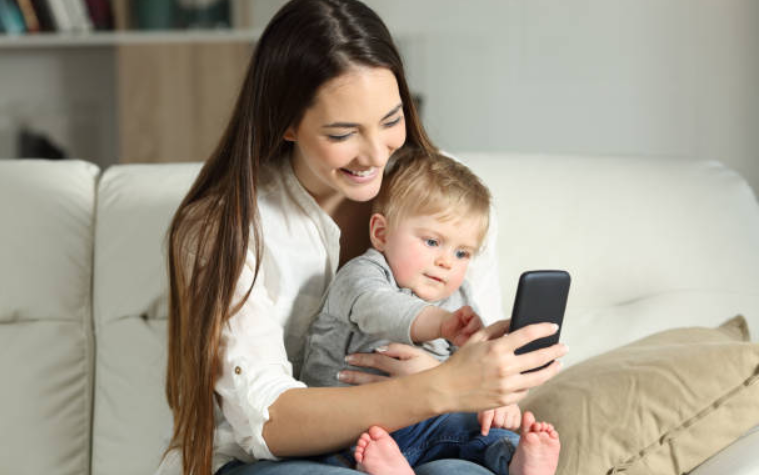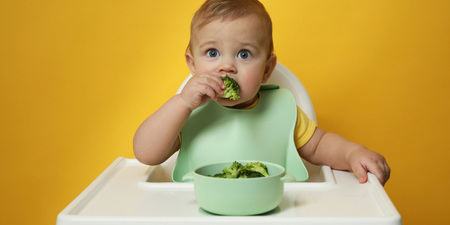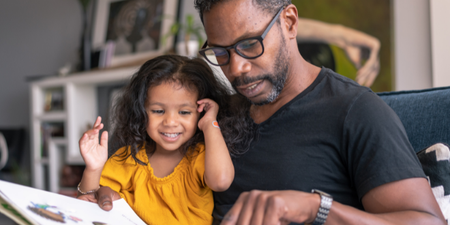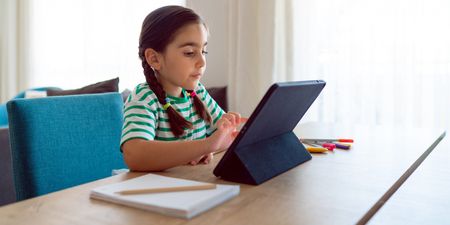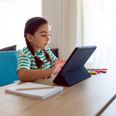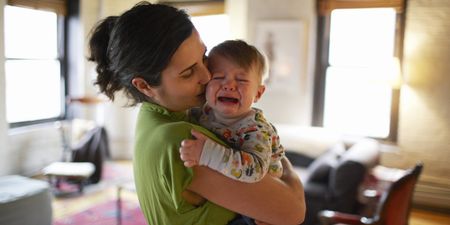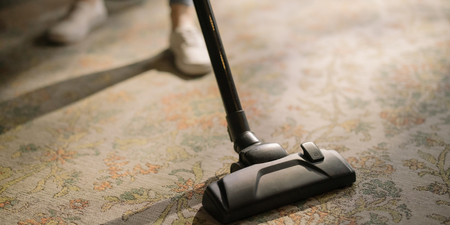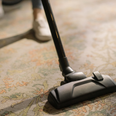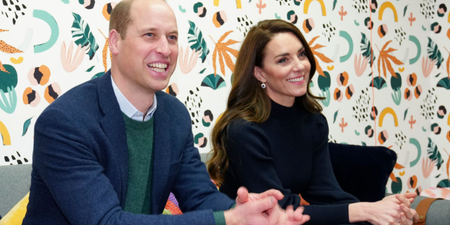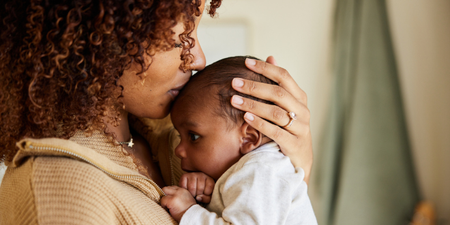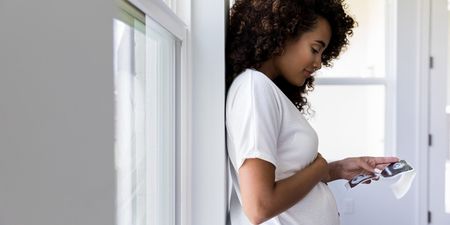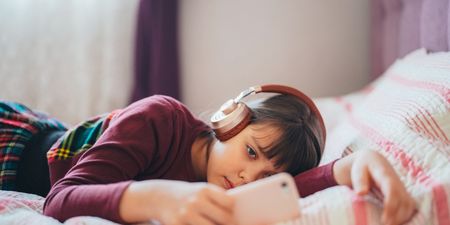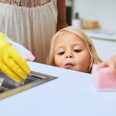Guilty of letting your toddler look at Baby Shark (or some equally annoying Youtube video) while you run through the shower or sit down for a second to enjoy your coffee while it’s still hot for once?
Technology has become the easy way to just entertain the kids for a moment while we get stuff done – and you got to admit it; it seems harmless enough, doesn’t it? Just a little bit of Youtube unboxing while you help the older kids with their homework or get the shopping done.
However, brand new guidelines from Australia warns that children two and under should have absolutely no screen-time at all. Not even for a moment.
The Australian 24-Hour Movement Guidelines for the Early Years (Birth to five years), which were launched last week, give Aussie parents a strong framework to set up their child’s day, spelling out precisely how much sleep, physical activity and sedentary time kids should have in a 24 hour period.
The Guidelines also explain how much time young children should have in front of a screen. The answer to that question? None. And with good reason, experts say.
“Certainly the fast and quick transitions that we see on screens, the bright flashing lights and the impact that has on the developing brain is something that we need to be mindful of,” University of Wollongong early childhood expert Tony Okely said.
“Also how it might limit or minimise communication or language development among young children as well because it’s taking place of conversations that might happen.”
Luke Arundel from Optometry Australia agreed. “We have long campaigned for parents to consider the balance between ‘screen time’ versus ‘green time’ as part of safeguarding our children’s vision.
“Australian research predicts an imminent global epidemic of myopia, or short-sightedness, which already affects about 30 per cent of the world’s population,” Mr Arundel said.
“That figure is expected to rise to 50 per cent by 2050 and researchers believe this is linked to the amount of time children are spending indoors which, in our digital age, very often means more time on screens.
The new Guidelines are broken down by age
For infants under 12 months, parents are encouraged to engage with children in “supervised interactive floor-based play” from birth, and for infants who aren’t mobile the Guidelines suggest 30 minutes of tummy time spread over the course of the day. They should not be physically restrained in a car seat, high-chair or stroller for example for more than an hour a time, they should not have any screen-time at all and should be getting in between 12 and 17 hours of “good quality sleep” including naps over the day.
Toddlers should be getting in three hours of physical activity ” including energetic play such as running, jumping and twirling spread throughout the day – noting more is better,” the Guidelines say. They should not be restrained for longer than an hour at a time, and should try for between 11 and 14 hours of good sleep including naps.
Older children, three-years and above, should also be getting in three hours of physical activity “of which 60 minutes is energetic play such as running, jumping and kicking and throwing”, should not be physically restrained or seated for long periods and should be trying for “10 to 13 hours of good quality sleep, which may include a nap, with consistent sleep and wake-up times”.
For toddlers under two, the Guidelines say no screen-time at all. For toddlers aged over two, it’s suggested parents should not allow “more than 1 hour in total throughout the 24-hour period -less is better.” For both ages groups, when “sedentary, caregivers are encouraged to engage with them through activities such as reading, singing, puzzles and storytelling.”
